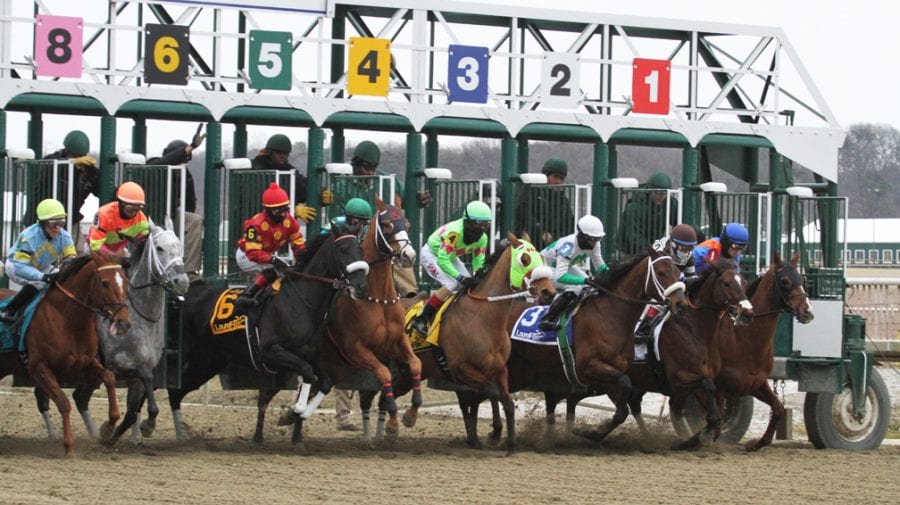by Frank Vespe
The Maryland Racing Commission will undertake a self-assessment of the medication policies it has adopted over the last 18 months, Commission chair Bruce Quade said yesterday at the Commission’s monthly meeting.
Those policies — essentially, the wholesale adoption of the model rules developed by the Racing Medication and Testing Consortium and promoted by the Association of Racing Commissioners International — have placed Maryland at the forefront of efforts to adopt a national uniform medication policy.
“I could not be more pleased with what we’ve done,” Quade said in an interview. “The new policies have worked extremely well, we believe.”
Quade said that part of the Commission’s original adoption of the program was a commitment to review it continually to ensure that it is working as intended. Quade said that he would ask the Commission’s Health and Safety Subcommittee, which also includes non-Commission members, to spearhead that self-assessment.
While Quade said that he thinks “the drug story is a success,” he allowed that it has not been without hiccups.
The sudden spate of stanozolol positives late in 2014 and into early 2015 stemmed, some horsemen believe, from the Commission’s failure to communicate clearly that the steroid, previously permitted up to a threshold level, had become a zero-tolerance drug effective in October.
And in a related high-profile incident, a horse named Lady Vivien tested positive for stanozolol after a race in which she was claimed. But by the time the test result had been made public, she had run again, and been claimed again. Though it did not, that single test could have implicated three sets of connections. That led some horsemen to call for additional rules to protect trainers and owners who claim horses that test positive, especially for substances like stanozolol, which are slow to clear the horse’s system. But, sources say, little progress has been made in that regard.
At the same time, other racing bodies around the region will undertake similar reviews, said Alan Foreman. Foreman, who is both chairman of the Thoroughbred Horsemen’s Association group, the umbrella group of several state horsemen’s groups, and vice chair of the Racing Medication and Testing Consortium, told the Commission meeting that he believed such a review to be appropriate because “we’re the one area of the country where this medication program has been fully implemented.”
The Maryland assessment effort is expected to being within the next month or so.
IN OTHER COMMISSION NEWS
[su_list icon=”icon: check”]- The new off-track wagering facility planned for the Horseshoe Casino in Baltimore received the final green light from the Commission and is expected to be open as early as late this week, Maryland Jockey Club chief operating officer Tim Ritvo said. Ritvo told the Commission that the company has projected the facility to handle $10 million in its first year; the agreement to house an OTB in the casino is a one-year deal. Ritvo drew laughs and applause when he said, “We want to be up and running for the Preakness prep, which is the Kentucky Derby.”
- Ritvo said that the first 150 stalls of new barns at Laurel Park are done, and they expect horses to arrive for them on Monday. The company has begun to lay the pad for the second barn, he said, and aims to have the neext 150 stalls complete within 90 to 120 days. He also said the company is continuing to develop its capital plan, which will be rolled out by the end of the year, if not sooner.







